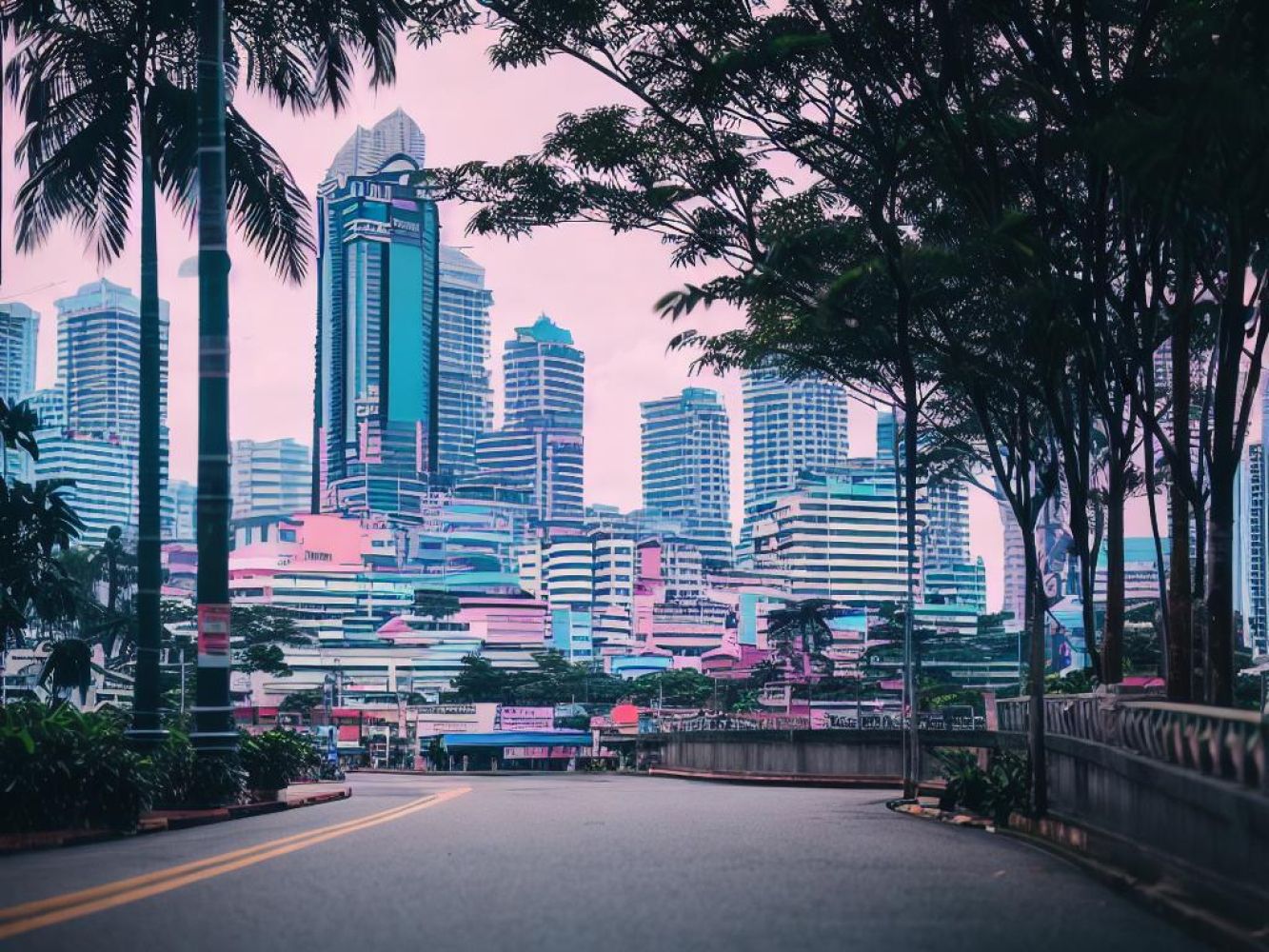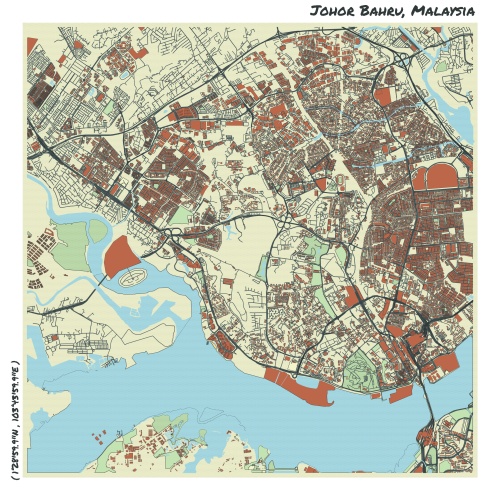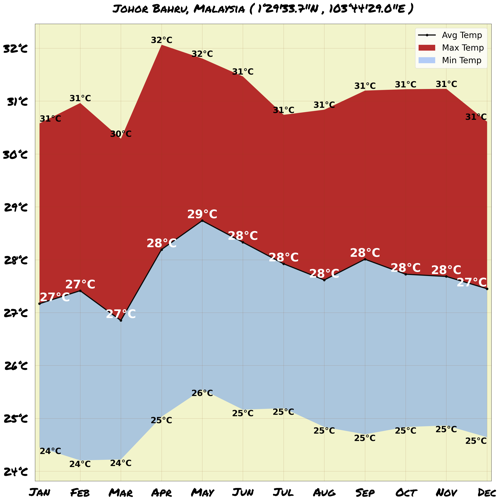Understand
Once declared a city in 1994, Johor Bahru has experienced rapid growth. Recent census data reveals that it is now Malaysia's third largest city, with the city center and metropolitan areas hosting approximately 497,000 and 1.8 million people, respectively. Due to its ample land space, Johor Bahru is not as densely populated as other Malaysian cities. Being in close proximity to Singapore, Johor Bahru often faces comparisons to its neighboring city. However, significant efforts have been made to improve the urban environment, resulting in a more pleasant and vibrant place to live. The city has undergone clean-up initiatives, such as greening projects and the covering of open sewers that used to traverse the center. Despite some areas still needing maintenance, Johor Bahru offers a unique charm with its diverse shopping complexes and a wide range of budget to fine dining options, making shopping and dining experiences a true adventure. While Johor Bahru may be recognized more for its industrial sector, it is also striving to become a tourist-friendly destination. Major global electronics manufacturers have chosen this city as their base of operations, and after recovering from the economic crisis in 1997, Johor Bahru is experiencing a resurgence. A remarkable addition to the city's infrastructure is the Sultan Iskandar Customs, Immigration and Quarantine Complex. This colossal new immigration and customs checkpoint is linked to the Causeway by a straight flyover that spans 600 meters, providing seamless travel between Johor Bahru and Singapore.








Comments
NO COMMENTS